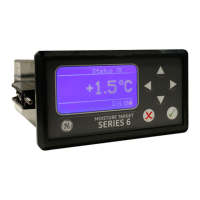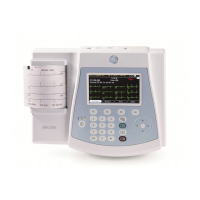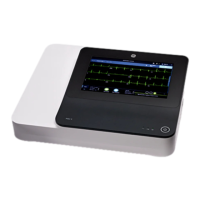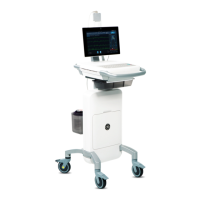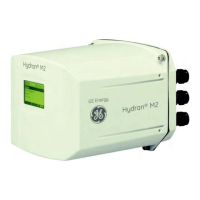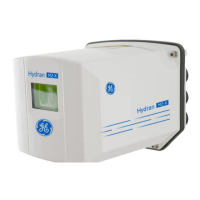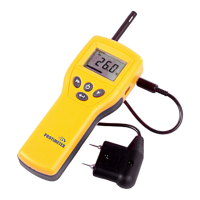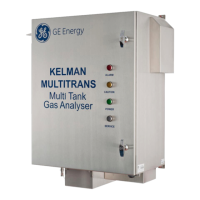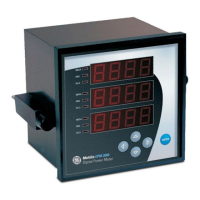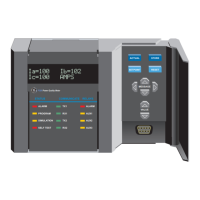GE Analytical Instruments ©2006 16-15 DLM 14291 Rev. A
As standards and samples sit over time, NO from the air and nitrite and nitrate
from the sample containers may leach into the solutions, resulting in increased
peaks over time. This is particularly true for low level (< 1 µM) samples and
standards. Thoroughly wash all containers with deionzed water and it may be
necessary to prepare fresh standards, particularly at the lowest concentrations.
High background Signal and Rising Baselines
If there is a leak in the purge system, room air can be drawn into the NOA
resulting in a high baseline signal. High baseline signals can also be observed if the
purge vessel or reaction chamber is dirty, the purge gas is contaminated with NO
or if the reagents are contaminated. These possible sources can be identified by
recording the background without any reagents in the purge vessel or by trying
another purge gas cylinder.
The most common cause of increasing baseline signals over time is injection of
materials that are slowly converted to nitric oxide such as L-NAME and other nitro-
containing compounds. If possible use other NOS inhibitors such as methyl arginine
or other non-nitro-containing compounds (contact Sievers for additional
information).
Ghost Peaks
When fresh reagent is added to the purge vessel, particularly the VCl
3
/HCl
reagent, sometimes peaks are observed even when no injection is made. These are
due to slow conversion of materials in the reagents to a species that react with
ozone and will usually disappear as the reagent is purged. If ghost peaks are
observed, continue purging the reagent until the baseline is stable. Extra peaks
are also sometimes observed as the samples are being analyzed. These are due to
compounds that are slowly converted to NO from previous injections. Purging the
reagent (without injections) with usually eliminate these extra peaks.

